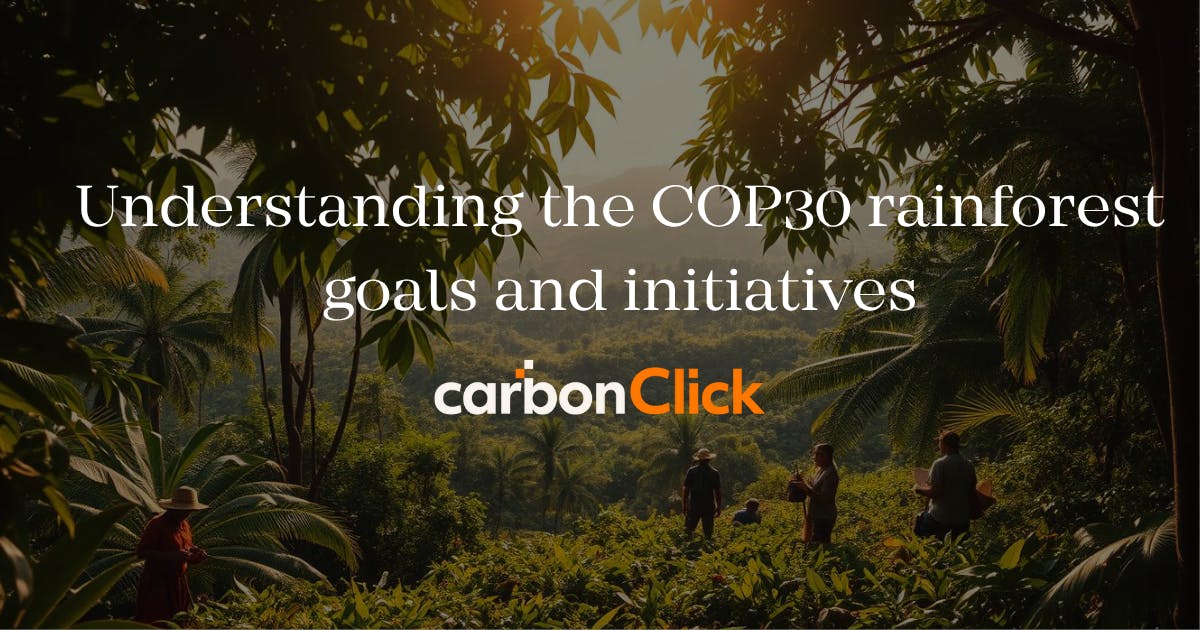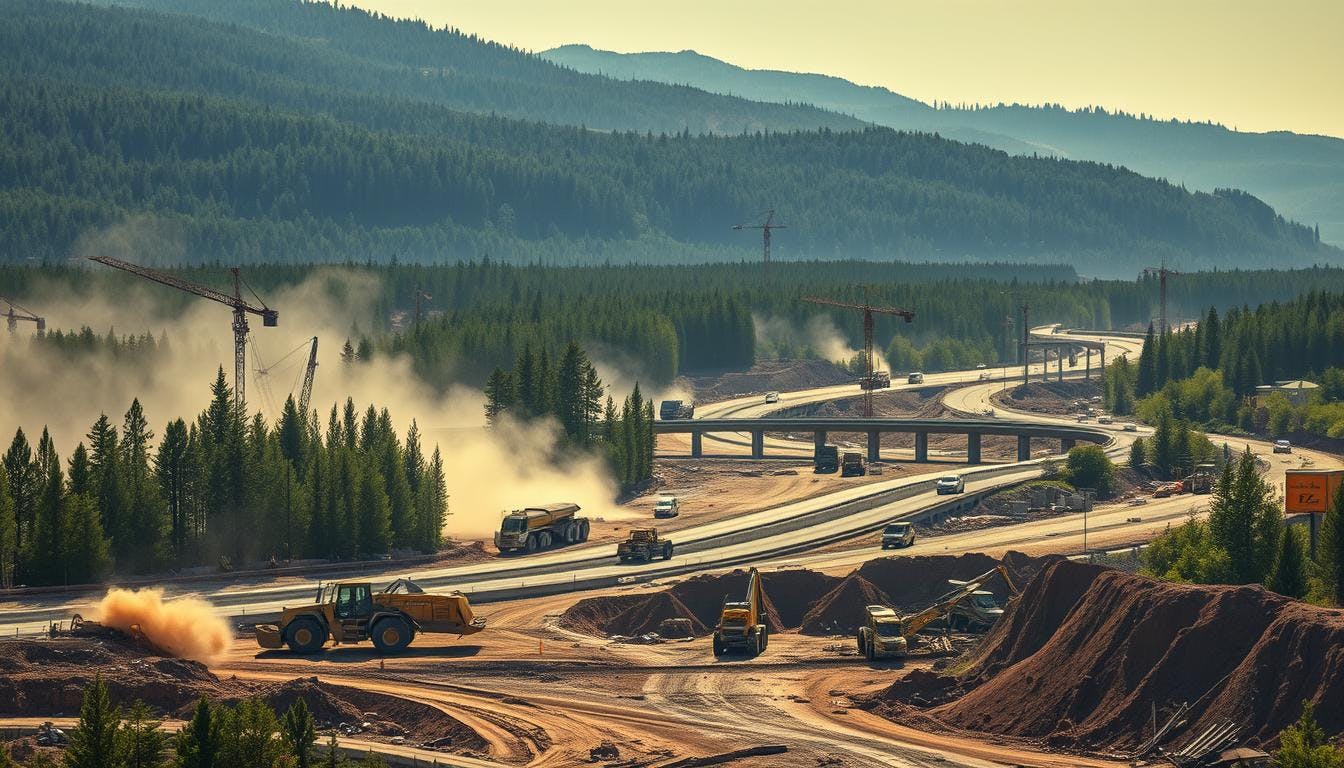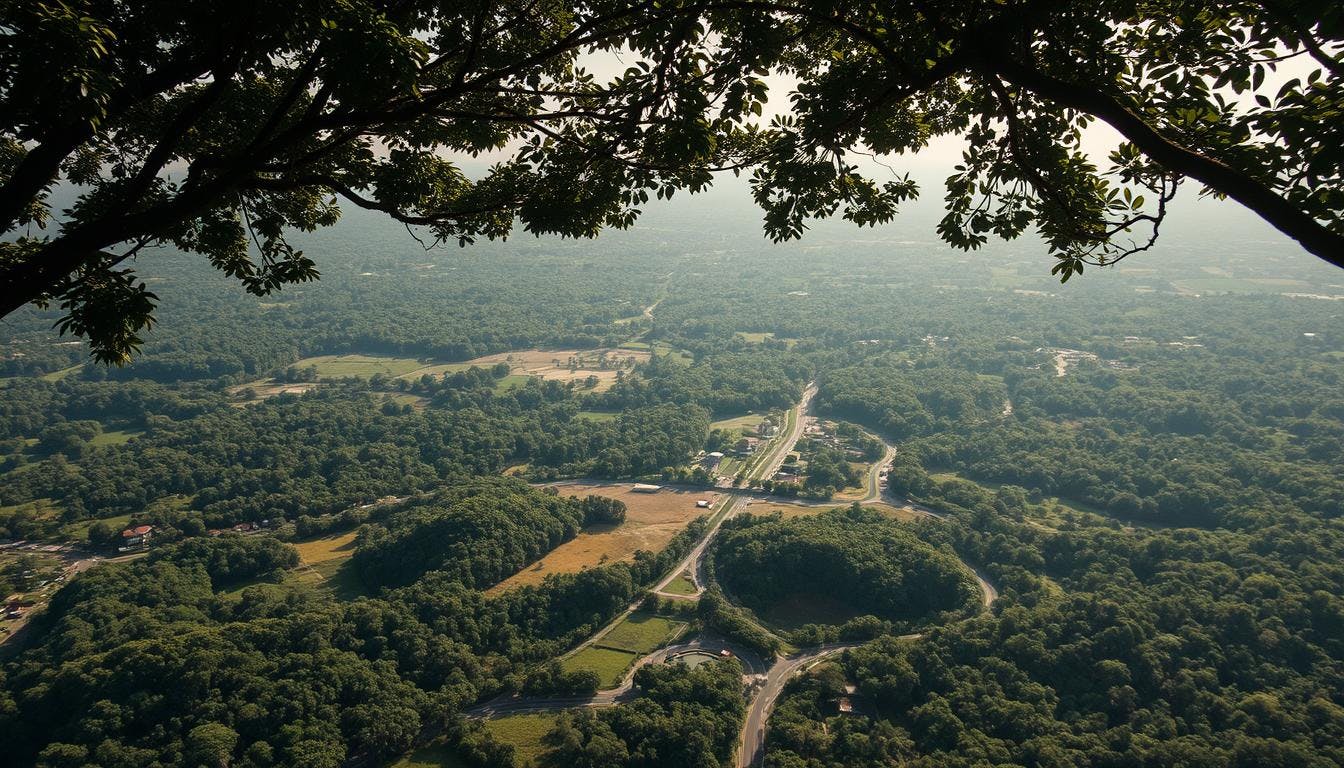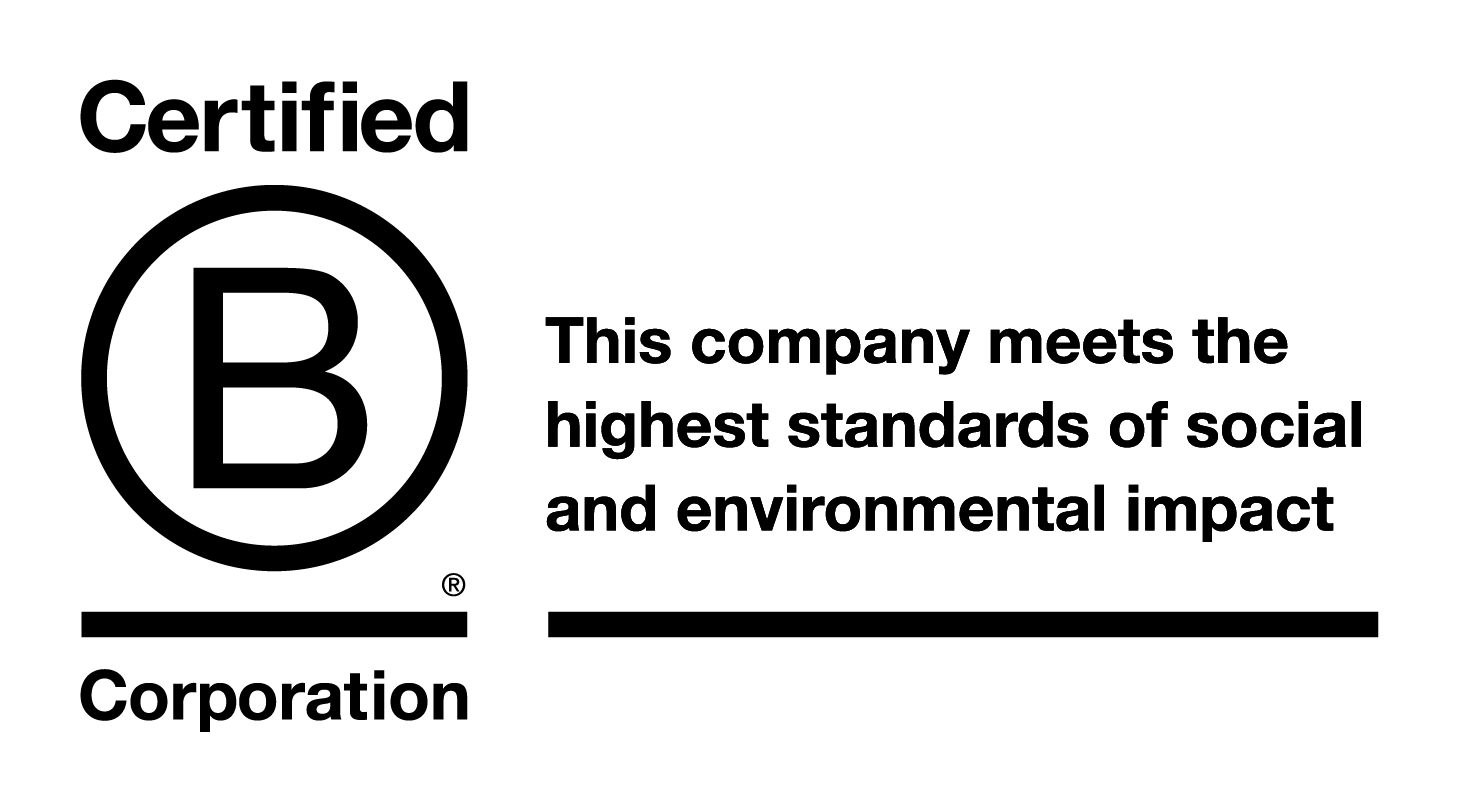Sign up. Be inspired. Get clicking.
Understanding the COP30 rainforest goals and initiatives
In a small village near the Amazon River, a community leader recently shared how seasonal rains now arrive weeks later than they did in her childhood. This shift underscores a global reality: forests shape Earth’s climate patterns in ways we’re only beginning to fully grasp. As nations prepare for the 2025 climate summit in Brazil, such stories highlight why protecting vital ecosystems is relevant for communities worldwide.
The upcoming international conference marks a historic return to Brazil, where foundational environmental agreements began decades ago. Over 50,000 policymakers and scientists will gather in Belém, a gateway city to the Amazon basin. Their discussions will focus on balancing infrastructure needs with preserving natural carbon-storing systems that stabilize global temperatures.
This event builds on decades of environmental diplomacy. The 1992 Earth Summit established frameworks for addressing climate challenges through cooperation. Today, protecting biodiverse regions remains critical, as these areas absorb massive amounts of greenhouse gases while supporting countless species.
Leaders face complex questions about sustainable development. How can nations grow economically without sacrificing ecological safeguards? The summit aims to create actionable strategies, leveraging Brazil’s position as steward of the world’s largest tropical forest system.
In 2025, the COP30 climate summit in Belém, Brazil, reasserts Brazil’s pivotal role in global environmental policy, spotlighting the Amazon’s critical capacity to store carbon equivalent to 15–20 years of global emissions. Amidst local climate shifts, such as delayed rains, the urgent need to protect forests underscores the summit’s focus on aligning infrastructure development, like the controversial Avenida Liberdade highway, with long-term ecological preservation. Building on over 30 years of international climate frameworks, from the 1992 Rio Earth Summit to the Paris Agreement, COP30 fosters global cooperation to deliver actionable strategies for sustainable forest management and biodiversity conservation.


Global climate context and infrastructure expansion
International climate negotiations trace their roots to pivotal agreements forged decades ago. The 1992 Rio Conventions established critical frameworks for addressing environmental challenges, including the UN Climate Change Convention that guides today’s global climate discussions. These agreements transformed how world leaders approach ecological preservation while balancing economic development.
Background of cop conferences and the rio conventions
The Earth Summit in Rio de Janeiro set the stage for modern climate diplomacy. It created systems for nations to collaborate on reducing emissions and protecting natural resources. Annual COP meetings now serve as key platforms where governments negotiate policies impacting 80% of the world’s forests.
Highway developments and their role in COP30 preparation
Brazil’s infrastructure projects reveal a paradox in climate action. The Avenida Liberdade highway, slicing through protected areas, aims to transport delegates to summit venues. Governor Barbalho insists it’s essential for hosting capabilities:
"Modern infrastructure demonstrates our commitment to global climate solutions."
Critics counter that 38 rushed projects near Belém threaten the ecosystems COP30 seeks to safeguard. Construction timelines accelerated to meet the November 2025 deadline, bypassing full environmental reviews. Over 60 additional developments could further strain regional biodiversity.
This tension underscores a recurring challenge. Infrastructure needs for international events often clash with long-term conservation goals. As sewage systems expand and hotels rise, experts question whether short-term conveniences justify permanent ecological costs.
COP30 rainforest: initiatives, challenges, and global impact
Hosting global events in ecologically sensitive areas poses inherent contradictions. The Avenida Liberdade highway project exemplifies this tension, slicing through protected zones near Belém to accommodate summit logistics. Its path crosses three waterways and skirts Utinga State Park, threatening habitats for 330 animal species.
Ethical dilemmas and environmental risks
Government officials defend the highway's sustainability features, including wildlife crossings. "These measures demonstrate balanced progress," stated a recent environmental report. Critics argue such efforts can't offset habitat fragmentation across 18,500 protected acres.
The construction timeline raises additional concerns. Accelerated approvals bypassed standard ecological reviews, with 38 nearby developments following similar shortcuts. This pattern challenges Brazil's pledge to eliminate Amazon deforestation while preparing climate change conference facilities.
Local communities face disproportionate impacts from infrastructure expansion. Indigenous groups report restricted access to traditional lands as concrete replaces forest pathways. These social costs amplify questions about climate justice in development planning.
International observers note the paradox of discussing emissions reductions while clearing carbon-absorbing ecosystems. Such contradictions could influence future host city selections, pushing organizers to prioritize venues with existing sustainable infrastructure.

Impacts on biodiversity, ecosystems, and local communities
Brazil's highways claim nearly half a billion animal lives annually, creating invisible barriers in the world's largest tropical forest. The Avenida Liberdade project exemplifies this crisis, disrupting habitats for 330 animal species in Utinga State Park alone.
Wildlife threats and habitat fragmentation
Road construction forces species into dangerous adaptations. Armadillos now forage near forest edges, while five pregnant sloths lost nesting trees to bulldozers. These roads split ecosystems, isolating animal populations and reducing genetic diversity.
Conservationists halted wildlife releases near construction zones, fearing displaced animals couldn't survive fragmented territories. Vehicle collisions represent just one threat—roads also invite poachers targeting endangered species.
Indigenous rights and community concerns
Local voices remain excluded from infrastructure planning. Indigenous groups report blocked access to ancestral lands, threatening cultural practices tied to intact forests. "Roads bring concrete where medicinal plants grew," notes a tribal elder from Pará state.
Protection measures like wildlife crossings face skepticism. Experts argue fences can't replicate complex ecosystem relationships forged over millennia. As machinery replaces forest pathways, communities question whose interests drive these developments.

Conclusion
The world needs climate solutions that match the urgency of environmental challenges. Recent infrastructure projects like the Avenida Liberdade highway reveal a critical tension between development and conservation. Climate leaders must ensure summit outcomes prioritize actionable protections over contradictory construction.
Brazil's proposed Tropical Forests Forever Facility offers a model for aligning economic incentives with sustainable preservation. Such mechanisms could transform how nations value intact ecosystems. However, their success depends on binding agreements that hold governments accountable.
Global climate action requires rethinking conference logistics. Future summits must leverage existing infrastructure to avoid habitat destruction. The Avenida Liberdade controversy demonstrates the environmental costs of rushed development for temporary events.
World leaders face a pivotal opportunity to redefine progress. By establishing clear standards for sustainable hosting practices, they can bridge the gap between climate rhetoric and ecological responsibility. True solutions emerge when ecologically supportive stewardship guides every decision.
17 South Street
Auckland 1010
New Zealand
info@carbonclick.com- -
- X
Subscribe now to stay up to date with CarbonClick, carbon offsetting and climate action.
By signing up you agree to our Privacy Policy.


